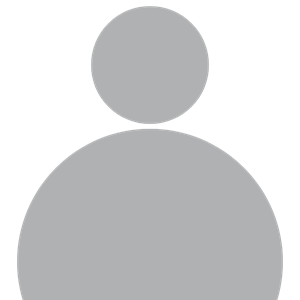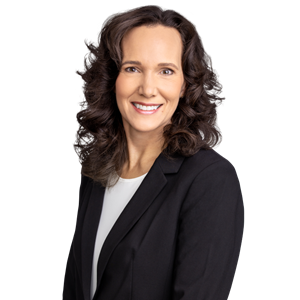
COVID-19 Quarantine Requirements for Employees Updated by Governor’s Order
New California Guidance Impacts Quarantine Periods for Exposed Workers
Gov. Gavin Newsom issued an Executive Order Tuesday that partially suspends portions of new Cal/OSHA regulations providing time frames that employees exposed to or diagnosed with COVID-19 must be excluded from work; the Executive Order provides that Sections 3205(c)(10) and (c)(11) of the new Emergency Temporary Standards (ETS) are suspended to the extent that the periods of quarantine or isolation exceed the periods recommended by the California Department of Public Health (CDPH) or any applicable quarantine or isolation period recommended or ordered by a local health officer. However, the Executive Order also states that the shorter quarantine period will not apply if the employer prevents a returning worker from satisfying any conditions specified by the CDPH or a local health officer.
In response to Tuesday’s Executive Order, the CDPH issued guidance that follows the new CDC Guidance on the quarantine period for employees who are exposed to COVID-19. All employees who are exposed (meaning close contact within six feet of an infected person for a cumulative 15 minutes or more over 24 hours), but remain asymptomatic, can discontinue quarantine after the 10th day from the date of the last exposure with or without testing. This means asymptomatic quarantined workers will only need to be out of work for 10 days under CDPH guidelines.
In addition, during critical staff shortages when there is not enough staff to provide safe patient care, exposed asymptomatic health care workers, and asymptomatic emergency response and social service workers who work face-to-face with clients in the child welfare system or in assisted living facilities, may end quarantine and return to work after the 7th day from the last exposure if they have received a negative PCR test from a specimen collected after the 5th day.
For those workers subject to a quarantine period of less than 14 days, they must wear a face covering at all times and maintain six feet of distance. In addition, for those returning after seven days, they must use a surgical face mask at all times during work and continue to wear a face covering when in public at all times through the 14th day. In addition, they are required to self-monitor for symptoms and isolate and take other appropriate steps if they develop symptoms.
For most employers, this means that your asymptomatic employees (regardless of the type of job and without further restrictions) can return to work after 10 days have passed since an exposure, wearing a face covering and maintaining a distance of 6 feet from others. For those limited positions which may be able to return to work after 7 days, there are additional restrictions. Importantly, the CDPH recognizes that a local County Health Department can be stricter. Therefore, if your County Health Order has not changed to reflect a shorter quarantine period, the longer quarantine period in the County Order must be followed. We have received information that the County of San Diego is updating their County Health Order and we anticipate that other counties will follow the state and make modifications.
In addition, the Executive Order expands the exceptions to certain limitations on hiring CalPERS retirees by CalPERS contracting agencies, which apply when the retiree is performing COVID-19-related relief. The Order clearly suspends the “single appointment” rule for vacancy appointments, thus allowing a governing body to reappoint a retiree to the vacant position if the original term will expire, so long as the retiree is engaged in work that mitigates the effects of the COVID-19 pandemic. The Order also bolsters the position that the determination of whether a retiree is engaged in COVID-19-related relief will be at the discretion of the employer (not CalPERS). However, it is unclear whether the reference in the Order to suspension of “reinstatement . . . limitations” of section 21221(h) means that any violation of section 21221(h) (e.g., appointment by governing body, recruitment, payrate limitations by a retiree appointed exclusively to perform COVID-19 functions (as determined by the employer)) would not result in other consequences short of reinstatement, such as repayment obligations. As such, employers should still comply with all other requirements for hiring retirees who have not been explicitly waived by the Orders until CalPERS provides further guidance on the interpretation of that phrase.
Disclaimer: BB&K Legal Alerts are not intended as legal advice. Additional facts, facts specific to your situation or future developments may affect subjects contained herein. Seek the advice of an attorney before acting or relying upon any information herein.




